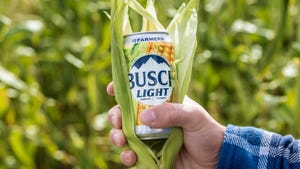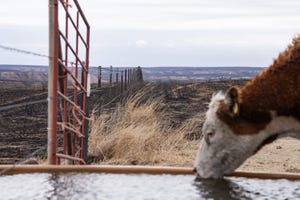Art Douglas Delivers 2010 Weather Outlook
The unusually cold weather in the central U.S. in December and early January wasn’t caused by El Niño, says Cattle-Fax weather forecaster Art Douglas. “The causes appear to lay with the development of a strong stratospheric warming event in Siberia, which forced a deep

The unusually cold weather in the central U.S. in December and early January wasn’t caused by El Niño, says Cattle-Fax weather forecaster Art Douglas. “The causes appear to lay with the development of a strong stratospheric warming event in Siberia, which forced a deep stratospheric trough across central North America,” he says.
This four-week event has died, but the snow cover in the U.S. has slowed the typical El Niño-induced winter warming across the northern tier of states. However, for February, Douglas expects the current El Niño to have more effect on weather patterns.
The current El Niño has peaked and should gradually weaken by late February or early March. “The timing of the demise of this El Niño event is critical to both the spring and summer forecasts for the U.S.,” he says, “with an early ending likely to deliver less rainfall to California and the Southwest, with gradual drying likely in the southern tier of states.”
Douglas thinks a strong split jet-stream pattern should persist into early or mid-spring across the U.S. “This will keep the northern tier of states warmer than normal, while cooler, wetter weather will stretch across the southern third of the country,” he says. Dry conditions are likely to strengthen in the northern Rockies and Pacific Northwest into at least early spring, he says.
If El Niño were to persist into late spring or early summer (a low probability scenario), rainfall could remain well above normal in the Corn Belt.
Douglas’ preliminary summer outlook calls for a gradually warming and drying summer weather pattern across the central U.S. into the Gulf Coast region. The summer monsoon in the Southwest might start a little later than normal, but then reach normal levels later in July and August.
The long-term warm water period in the tropical Atlantic continues to persist and combined with a shift toward La Niña, the Atlantic hurricane season is likely to be more active than normal, with a greater threat for land-falling storms in the Gulf Coast region, he predicts.
About the Author(s)
You May Also Like

.png?width=300&auto=webp&quality=80&disable=upscale)

